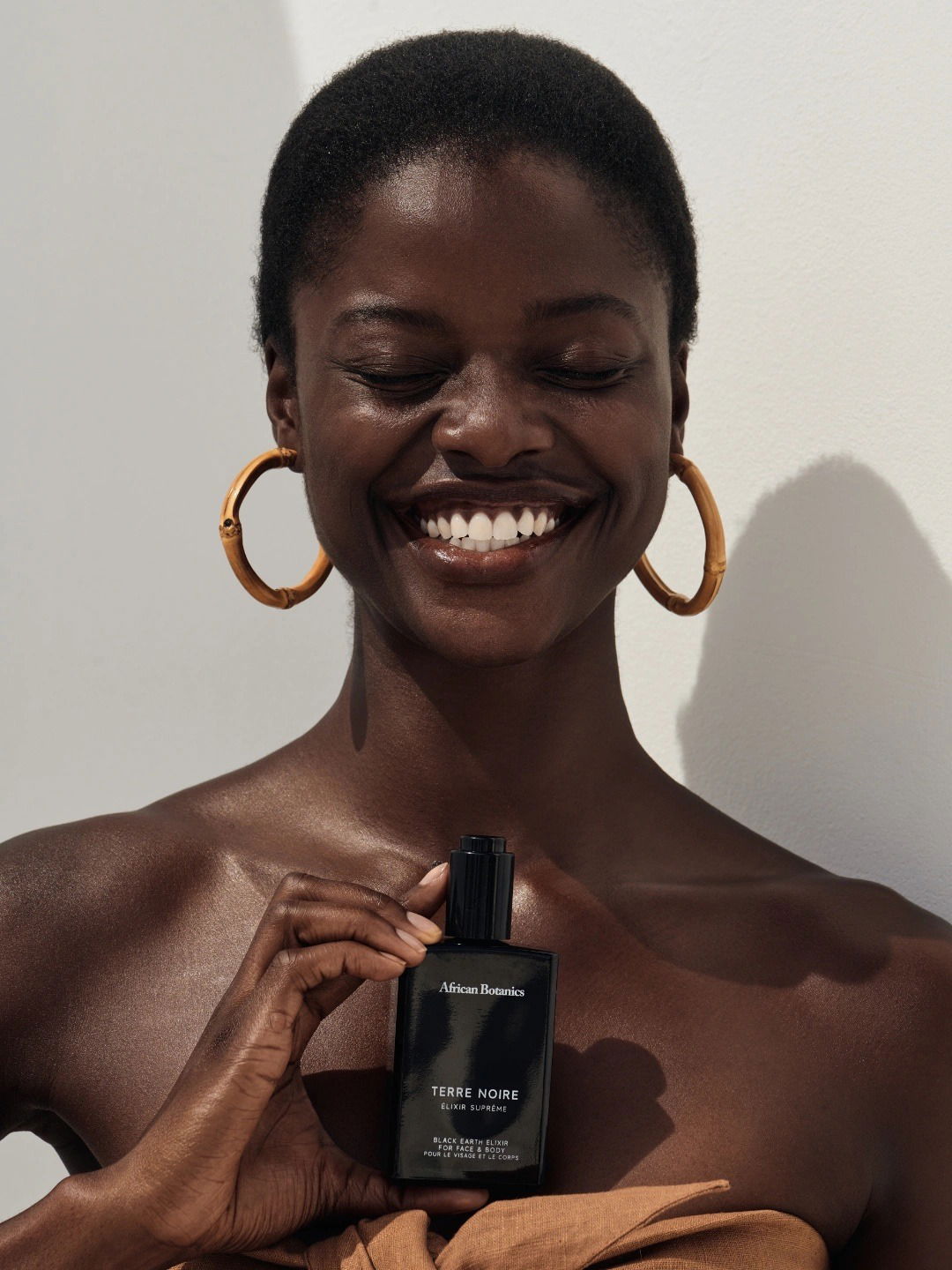Through the impact of digitalization, the Internet has developed a funny illusion where people began to think they can repurpose any image they like for their own use. This, however, is not correct. Discover if it is legal to take photos from the internet and what copyright rules apply.
Copyright is functioning and directed at protecting the works of photographers. Regardless of the scale of someone’s work — from selfies to professional projects, it should be protected.
If you find yourself on the hunt for specific images on the internet, then you should get to know the underlying rules of copyright. Learn how to protect yourself and creative professionals below.

What are copyrights?
Let us start off with a basic overview — what are copyrights? Copyrights are the exclusive right of property and seek to protect unique works. As soon as a work is created, copyrights are put into effect and the owner of the work is granted legal power and rights.
Legally using photos
So, you have found a photo that would be great for personal use but don’t know how to legally use it? In order to respect the laws and rights established by the owner, there are four methods you should have into account.
Paid licensing
The photographer, who is also the owner of the image, can give you the right to legally use the image(s). This method is the easiest way to be given access to original images while taking into account fair prices for both the owner and yourself.
Keep in mind, there are two different types of licensing kinds — editorial and commercial. The prices can differ depending on what you are using the images for.
Fair use
With fair use, you are enabled to use an image based on three conditions. These conditions include:
- The image(s) are used for limited non-profit and educational use,
- If the image id changed too drastically, then it no longer has the same meaning or purpose, and
- It is used informatively for the good of the public.
Creative commons
When referring to creative commons, the photographer is releasing the rights to their image(s) under specific conditions. The extense of these conditions can vary drastically, but also be as simple as crediting the owner within the image.
Public domain
The last method in which you can legally use an image is through the application of the public domain. What is meant by public domain, is that the owner’s rights have expired, forfeited, or do not apply.

Get personalized custom content with Cherrydeck
As we understand the struggle of planning a shoot and managing copyrights, we have recently launched an easy way to help you produce ready-to-use content for all your needs.
Cherrydeck Branded Stock™? is the new way of buying branded stock photos from a custom photo database. The idea works for any product and industry, and grants you basic license rights, from the moment you purchase the image(s). These include social, e-mail, e-commerce, and catalog licenses.
Simply submit your brand guidelines and send out your products. Learn more today.
Let’s sum it up!
These were the top ways and methods to use images in legally correct ways. Due to copyright laws, you have to be careful when using an image you found online.
The four ways to legally use images include:
- Paid licensing
- Fair use
- Creative commons
- Public domain
Are you looking for custom visual content for your brand? Discover how Cherrydeck can provide you with ready-to-use photos and clips that speak to your brand. Learn more about Branded Stock today.


One thought on “Copyrights: Is it Legal to Take Photos from the Internet?”